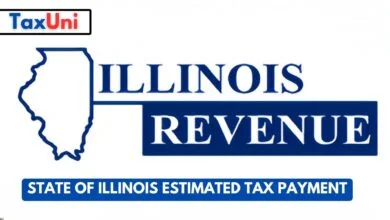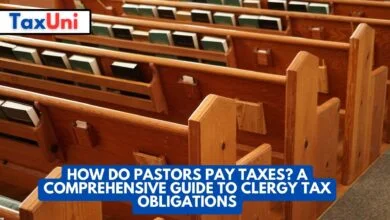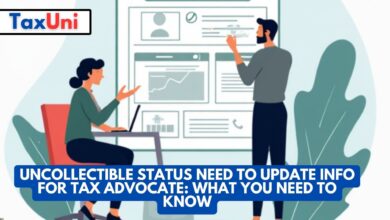Debt Fixer
CRFB’s Tyler Evilsizer demonstrated the Debtfixer tool at the Tommy G. Thompson Center during a Program in Practical Policy Engagement event on September 18.

Debt Fixer is a budget policy simulation that allows users to pursue their own solutions to the national debt problem. It is one of several tools developed by CRFB to help citizens understand fiscal responsibility and develop ideas about how to achieve a sustainable federal budget. The event is sponsored by First National Bank of Fort Smith and UAFS. The Committee for a Responsible Federal Budget has created Debt Fixer and Balancing Act, online simulations that allow users to make adjustments to the federal budget and see how those changes would impact the national debt. They are part of a curriculum called Understanding Fiscal Responsibility that is used by high school teachers to help students think critically about issues such as Social Security, Medicare, and national defense.
The Program in Practical Policy Engagement at the Ford School partnered with First National Bank of Fort Smith and the CRFB to host a Debt Fixer event for UAFS students on Oct. 12. Tyler Evilsizer, a CRFB deputy policy director, led the event that asked students to work together on finding solutions to our growing deficit and debt. The attendees considered difficult trade-offs in areas such as healthcare, taxes, farm bill budgets, defense spending, Social Security, and domestic spending to come up with a sustainable solution.

Debt Fixer Budget Tool Features
The debt fixer budget tool, developed by the Committee for a Responsible Federal Budget (CRFB), challenges users to choose spending cuts and tax increases that would put the nation’s debt on a sustainable path. The tool is available online, and participants can save their choices as a PDF file. The CRFB’s tool was launched in 2010 and is periodically analyzed to highlight trends in public support for specific deficit reduction ideas.
Debtfixer is used by several types of people, including students. For example, University of Arkansas at Fort Smith students collaborated with First National Bank and the Committee for a Responsible Federal Budget to find solutions. Students will use Debt Fixer to examine how different budget priorities in areas such as health care, defense, taxes, and Social Security affect the national debt. The Students were also asked to identify a list of options for each area of the budget that would reduce the deficit and stabilize the debt at 98% of GDP by 2033 and 30% by 2050.





